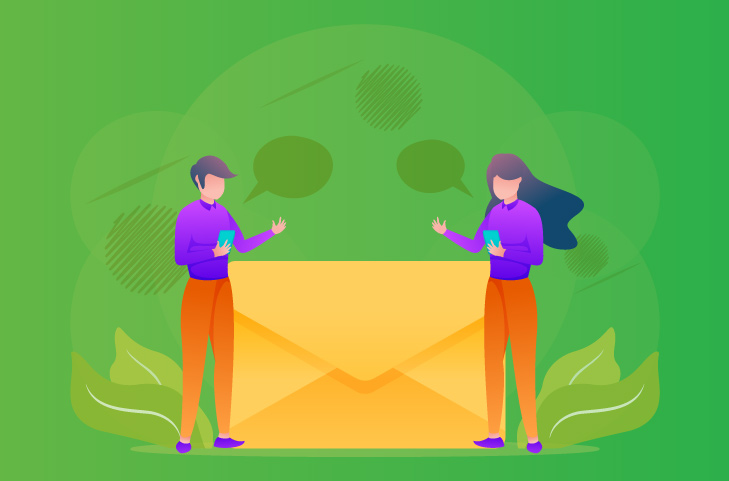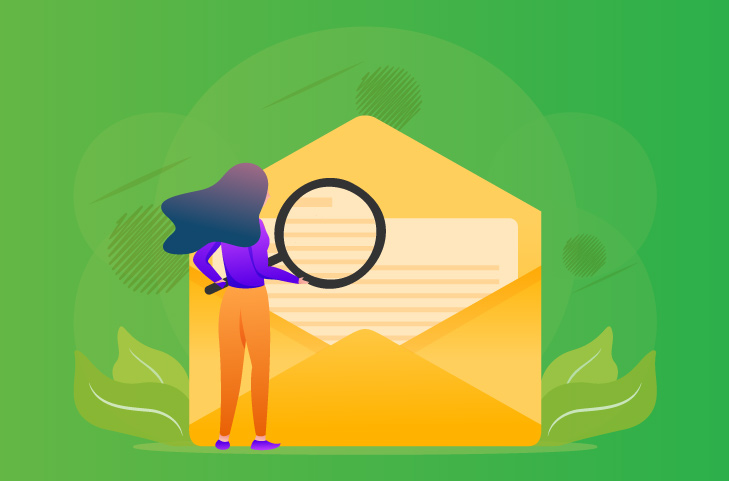If you look at B2B marketing trends over the recent years, two buzzwords stand out: big data and email marketing. It is not news that email marketing is one of the most profitable B2B marketing strategies out there. And big data is now considered a vital component for running and growing a business.
So, what makes big data the secret ingredient for a successful email marketing strategy?
Big data provides companies with invaluable insights they can use to power up their business decisions. Every year, the number of email users increases, and this leads to the creation of a wealth of data. Data that is rich with insights and data you can use to your advantage.
Let us have a look at what big data can teach you and how you can apply these lessons in your next email strategy to yield better results.
What is Big Data?
Big data, as the name suggests, is a large amount of data. But that’s not all. Big data contains large datasets that have three important characteristics, also called the three Vs: Volume, Velocity, and Variety.
This means that big data is produced at a great speed, in great volumes, and contains a wide range of data fields. Furthermore, this data can come from different sources and may be structured or unstructured. Some examples are email addresses, ad clicks, email open rates, and website visits.
To use this data, you can integrate it with your MarTech tools and business intelligence platforms to create a holistic view of your target audience. This is a must-have for email marketing success, especially in the highly competitive B2B marketing world.
3 Ways To Use Big Data For Email Marketing

#1 Highly Personalized Emails
Personalization is at the core of customer-centric email marketing. And the more information you have, the better you can tailor your subject lines and email content to appeal to the recipients.
When you have access to a customer’s firmographics, technographics, preferences, and buying stage, you can synchronize your emails with their journey.
For example, say a group of customers has been using a tool which can be integrated with your product. They have been researching compatible software similar to what you offer.
These buyers are still at the top of the funnel and are interested in learning more about you. So, you can customize your emails to redirect them to your blog posts, urge them to learn more about how you can help them, and follow up with more emails as they progress.
#2 Effective Subject Lines
Your email’s subject line is the first thing that your subscribers will read. This highly influences their decision-making and consequently affects your:
- Open rates
- Click through rates
- Website traffic through email
- Downloads through email
- The success of your overall email marketing strategy
According to HubSpot research, an effective subject line:
- Evokes curiosity
- Includes promotional offers
- Is personalized
So, where does big data come in? When you collect data about subject lines and how they affect the subscribers’ response, you can identify opportunities and gaps.
For example, suppose your data analysis reveals that subject lines with specific keywords are more effective. On the other hand, vague subject lines that do not hint at the email’s content fail to garner high open rates. With these insights, you can craft better subject lines that work.
#3 Predictive Analytics and Automation

Building up a repository of email lists and databases is not enough. You need to complement it with intent data, behavioral data, and technographic data. With this volume of data hand, you can identify your target audience’s current buying behavior. But big data takes it a step further: It helps you predict their future purchase behavior.
For example, data analytics can identify purchase patterns and reveal which products are typically purchased together and by what type of customers. So, when a new customer signs up for one of your products and matches a given profile, you can send tailored emails showcasing related products. With email automation tools, you can send pre-customized emails, which are triggered automatically when a purchase is made. This email automation tactic ensures perfect timing.
The results? Not only do you increase your brand awareness, but you also uncover opportunities to increase your post-purchase revenue.
In Conclusion

Are you leveraging big data to power up your email marketing campaign? Invest in high-quality big data today to boost your MROI, target effectively, and achieve fine-tuned personalization.
Additional Read: 4 Ways to Make Big Data a Part of Your Marketing Strategy


